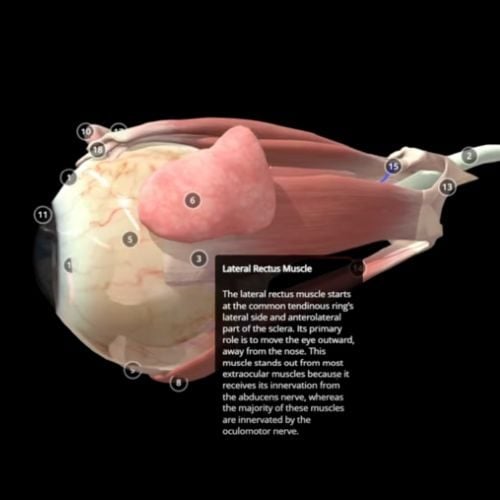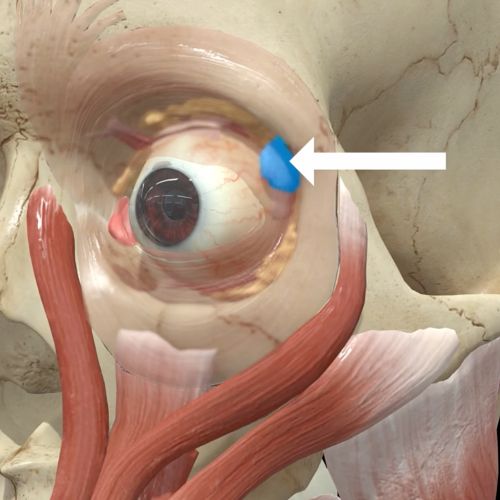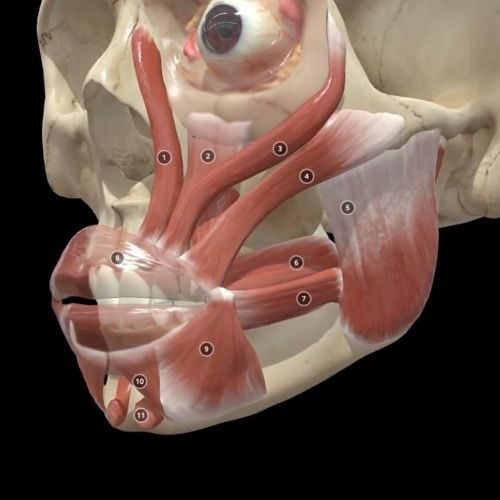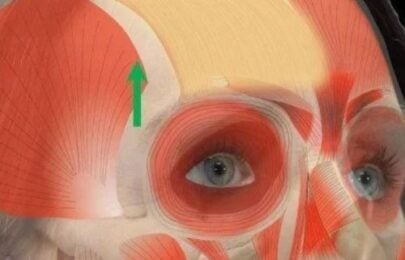- Mail us: support@drtimpearce.com
How to say “no” to an aesthetic patient without making them angry
You may be interested
 Dr Tim Pearce
Dr Tim Pearce

Picture the scene, you are in a consultation with a patient, and they ask you for a medical aesthetic treatment which you believe is not appropriate and will not produce natural-looking results, but they insist that it is what they want, and they love that ‘look’.
Your mind whirls – you do not want to upset them, but medically and ethically you know it would not be the right thing to do for the patient and could damage their psychosocial health as well as their appearance, even though they are adamant that it is what they want. You know you would be risking your reputation if you went ahead, but the fear of making them angry and receiving negative reviews online weighs heavy on your mind. Sound familiar?
In this blog, Dr Tim Pearce will answer one of the most frequently asked questions by aesthetic clinicians –
“How do I politely refuse treatment without upsetting the patient and ending up with a one-star review?”
He will explore the important questions to ask during a consultation, explain how he draws boundaries with patients and declines treatment that he does not think is in the patient’s best interests, whilst going on to maintain a good clinician-patient relationship in the future. Dr Tim also touches on the things not to say, and how not to say them, if you want to avoid any negative impact to your online reputation
Dr Tim will be discussing more medical aesthetic training tips as part of his upcoming webinar series, so if you’re looking to increase your CPD-certified learning and want to learn more skills to make you a better clinician, then step one is to register for the free webinars by Dr Tim.
Why you sometimes have to refuse to treat aesthetic patients
 Some patients are acutely aware that they may look a little unnatural, but they like it; it may be on trend or popular in their social grouping or give them a feeling of standing out from the crowd. During a consultation, they will explain to the aesthetic clinician that they indeed feel happier looking that way and go on to request treatment to either achieve it or maintain a specific look. Be aware that such patients are not the same as those with body dysmorphia, but you should still be wary of these red flags.
Some patients are acutely aware that they may look a little unnatural, but they like it; it may be on trend or popular in their social grouping or give them a feeling of standing out from the crowd. During a consultation, they will explain to the aesthetic clinician that they indeed feel happier looking that way and go on to request treatment to either achieve it or maintain a specific look. Be aware that such patients are not the same as those with body dysmorphia, but you should still be wary of these red flags.
Of course, most aesthetic clinicians will agree that a significant part of their role is to make their patients feel happy about themselves, but in a situation where the patient is asking for a treatment or outcome from a treatment which the clinician feels uncomfortable delivering, there really needs to be a deeper conversation and you need to set boundaries around the treatments you are comfortable performing. There are compromises which mean that you can provide a treatment result that you feel proud of performing, whilst also leaving the patient feeling happy. You can maintain their trust and a good ongoing relationship by avoiding negative feelings which make them feel stupid for asking, rejected by you, or judged about their appearance.
Do you feel uncomfortable at the thought of treating certain patients?
As medical professionals, we must understand the underlying philosophy of our profession and our own philosophy when it comes to treating cosmetic patients – how we make decisions, how we set boundaries, how we apply our philosophy to each individual patient etc.
Without this clearly set in your mind, you risk feeling uncomfortable when you encounter certain patients, and certainly uncomfortable at the prospect of treating them. Making patients aware of your discomfort is not a bad thing, you are not judging them, your heart is in the right place with good intent, and you are being true to your professional judgement.
Learning how to say ‘no’
This feeling of discomfort can cause panic and you may end up articulating yourself in a less than elegant manner. There are helpful ways to learn how to say no, and more importantly how to say it to a patient appropriately.
You might feel somewhat on the spot – they have travelled to see you, booked time off work perhaps, you may have specifically ordered in product ready for their treatment, and booked out an appointment slot for them only to discover that their expectations from treatment make you feel uncomfortable, and you want to refuse to treat.
This is a tricky situation and can be frustrating for both parties, with the clinician facing risks when saying ‘no’ to the patient. Refusal can make patients feel judged, or dismissed, thinking that you only care about yourself and not them and what they want. This can be immediately compounded if you use the impact on your reputation as your primary excuse when telling them why you are refusing treatment – phrases such as “This is not the kind of treatment that I want to be associate with” can come across as insulting to the patient. Avoid using your own, shall we say ‘selfish’ reasons for not wanting to treat as that is a sure-fire way to end up with a one-star review in a few days’ time.
Similarly, too much compromise is not the answer. Deciding to give them the benefit of the doubt and going ahead with a certain amount of treatment that you feel comfortable delivering, which also keeps them happy, or capitulating completely and giving them exactly what they want whilst you try to ignore how it makes you feel, is not a sensible course of action for either party. It does not create a wholesome future relationship. There is a better way.
Why appearance matters
Healthcare professionals are compelled to act in their patients’ best interests and cannot ethically justify a purely cosmetic procedure because if it is not going to affect health then you cannot justify the inherent risks of the procedure. Therefore, performing an aesthetic treatment just because a patient wants it is not justification enough.
Every treatment you provide must be performed with the intention of improving the confidence of the individual so they can engage more positively within society. This is the bio-psycho-social model of health, and you can apply this to medical aesthetics. For more on how we can improve patients’ engagement with their world and create happy patients, why not read out previous blogs which explore 10 negative expressions caused by facial ageing and how to justify your decision to treat a patient with a medical aesthetic intervention.
A person who is having or requesting treatments which appear unnatural may indeed report that they feel more confident with such treatment outcomes, and they may be right, for them. Yet, we instinctively know that there is more to it. It would be great to believe that the world is tolerant to those who want to express themselves in a way which makes them feel happy and confident, however, celebrating difference does not always make people happy, so although you may feel that you are being unkind by refusing to offer a treatment which conforms to their desires, but is inherently different, you cannot use their desires to justify medical interventions. The reality of society is that an individual’s appearance does affect their chances in life, and society will not treat people equally if their appearance is bizarre or abnormal.
Healthcare professionals and those working as aesthetic clinicians have a duty to formulate treatment plans that make changes to their patients’ appearance to facilitate confidence and are not likely to harm how their patient is received within their community. They must care about how their patients feel, and about how they are received by others because their appearance is a tool to engage with society and is therefore part of their health.
Refusing treatment without upsetting patients
If a patient requests anything which places any of the attributes of their health at unnecessary risk, as a professional, you cannot perform that procedure and it is important to admit that to your patients.
You may be wrong, depending on their ‘tribe’ which may welcome the appearance they seek, in the case of extreme body modification, for example. However, you are unlikely to know this for certain. If you do not follow your instinct and general philosophy and you cause your patient to be excluded or overlooked within society, or encounter bullying, you would feel to blame. Therefore, when declining to treat a patient, be sure to explain your philosophy.
You can reassure the patient that you understand that they will feel happier if they receive the treatment they are requesting, but that as a medical professional, you need to feel certain that any changes you will make will both make them feel more confident and help them to connect and build trust with others. Although that may be possible, the further you get from a natural-looking appearance, the riskier it is that the patient may be at a disadvantage. Explain that you care about their overall health and that you are ethically obliged as a healthcare professional to put that over and above all other requests.
Consider your tone of voice, deliver the refusal clearly and gently, stay warm, caring and positive, and take time to explain your reasoning, this should not be rushed, and you should not express anger or contempt.
Aesthetics Mastery Show
How to say “NO” to treatment for red-flag patients
Without angering them
Dr Tim explains how he declines treatment whilst also maintaining a good ongoing clinician-patient relationship in his Aesthetics Mastery Show.
Are you still anxious about delivering cosmetic injectables safely?
If you want to learn more about mastering medical aesthetic treatments and complications or conquering the anxiety of where to place your needle, then register for the next Dr Tim webinar.
Subscribe to our YouTube channel for really useful regular tips and advice. ![]()
Dr Tim Pearce eLearning
Dr Tim Pearce MBChB BSc (Hons) MRCGP founded his eLearning concept in 2016 in order to provide readily accessible BOTOX® and dermal filler online courses for fellow Medical Aesthetics practitioners. His objective was to raise standards within the industry – a principle which remains just as relevant today.
Our exclusive video-led courses are designed to build confidence, knowledge and technique at every stage, working from foundation level to advanced treatments and management of complications.
Thousands of delegates have benefited from the courses and we’re highly rated on Trustpilot. For more information or to discuss which course is right for you, please get in touch with our friendly team.
Related Articles
 Bestseller
Bestseller
Preventing Double Vision from Botox: Mastering the Lateral Rectus Safety Zone
October 16, 2025
 Bestseller
Bestseller
Body Dysmorphic Disorder in Aesthetic Practice: Ethics, Risks, and Recognition
October 7, 2025











